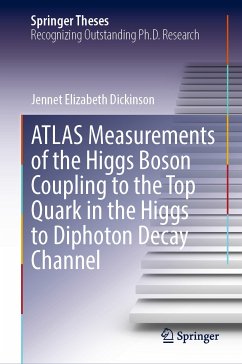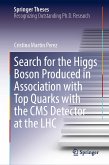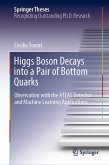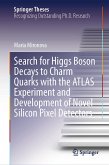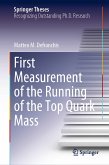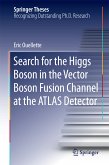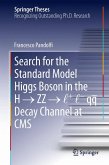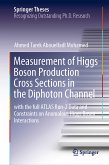During Run 2 of the Large Hadron Collider, the ATLAS experiment recorded proton-proton collision events at 13 TeV, the highest energy ever achieved in a collider. Analysis of this dataset has provided new opportunities for precision measurements of the Higgs boson, including its interaction with the top quark. The Higgs-top coupling can be directly probed through the production of a Higgs boson in association with a top-antitop quark pair (ttH). The Higgs to diphoton decay channel is among the most sensitive for ttH measurements due to the excellent diphoton mass resolution of the ATLAS detector and the clean signature of this decay. Event selection criteria were developed using novel Machine Learning techniques to target ttH events, yielding a precise measurement of the ttH cross section in the diphoton channel and a 6.3 $\sigma$ observation of the ttH process in combination with other decay channels, as well as stringent limits on CP violation in the Higgs-top coupling.
Dieser Download kann aus rechtlichen Gründen nur mit Rechnungsadresse in A, B, BG, CY, CZ, D, DK, EW, E, FIN, F, GR, HR, H, IRL, I, LT, L, LR, M, NL, PL, P, R, S, SLO, SK ausgeliefert werden.

